
[ad_1]
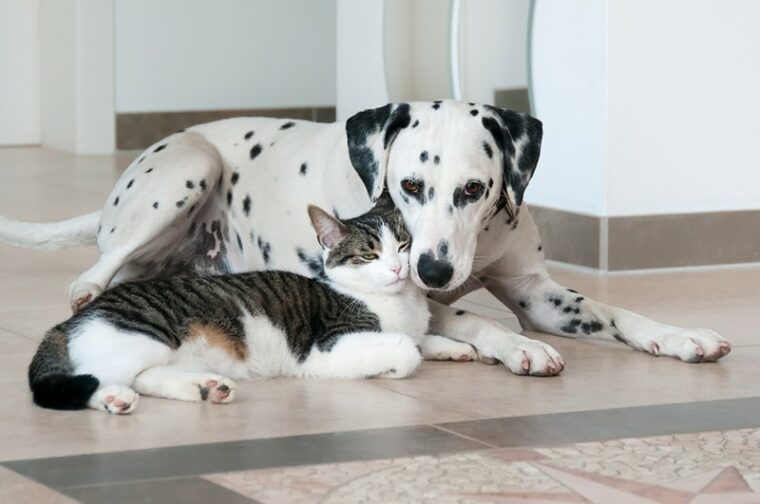
There are plenty of examples of hybridization—the offspring of two animals from different species—in the animal kingdom, but a dog-cat hybrid is not among them. Dogs and cats cannot breed with one another and produce offspring because they’re genetically different.
In this post, we’ll clue you in on why dogs cannot get cats pregnant and introduce you to some fascinating hybrid animals.

The Genetic Explanation
The first reason dogs and cats can’t produce offspring together is that the chromosome gap is simply too wide. Chromosomes are DNA-containing coiled structures found in the cell nucleus. They carry the genetic code that parents pass down to their offspring, and this determines the physical traits the animal will inherit. While dogs have 39 chromosome pairs, cats have just 19 pairs.
Though it’s possible for different species to breed and produce hybrids, the species that do so are very closely related genetically and this just isn’t the case for cats and dogs. The DNA is too different and the distance in the number of chromosomes is too great for it to be a possibility.
To give an example, the coywolf is a hybrid produced by interbreeding between wolves, coyotes, and dogs—species that are all genetically similar to one another.
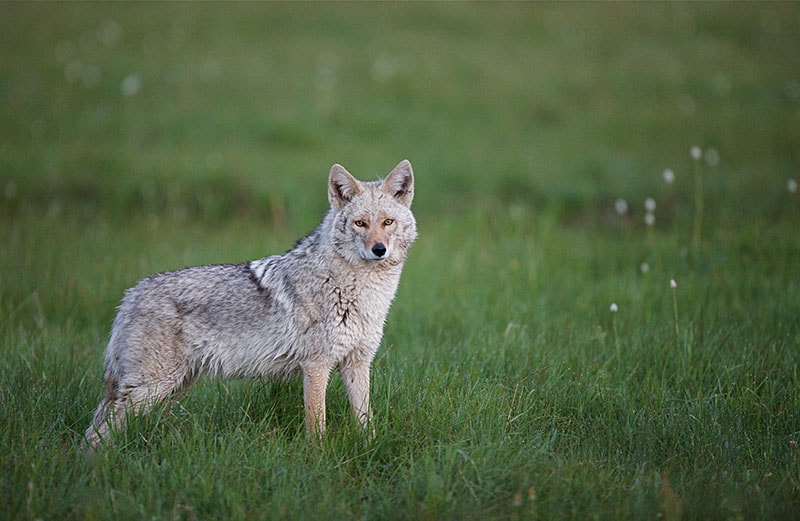
Anatomical & Reproductive Differences
The issue of genetics aside, dogs can’t get cats pregnant and vice versa because their reproductive anatomy is totally different. A male cat has a barbed penis (penile spines), and it’s thought that the function of these barbs is to encourage the female’s ovary to release an egg.
Dogs, on the other hand, don’t have this trait, so the anatomical conditions are simply not appropriate for fertilization to occur. Unlike cats, dogs have a bulbus glandis, which functions by locking into the female when they mate to aid in fertilization. The fact that cats don’t have this is another reason why interbreeding would be more or less impossible.
In addition to being anatomically and genetically distinct from one another, dogs and cats display different reproductive behaviors. Though dogs respond to one another’s mating signals, they do not respond to mating signals given off by a cat, and vice versa.
Examples of Hybrid Species
Though cats and dogs can’t mate with one another, plenty of closely related species do, and the results are fascinating. Unfortunately, not all are natural occurrences, and some are incredibly controversial. Here are some examples:
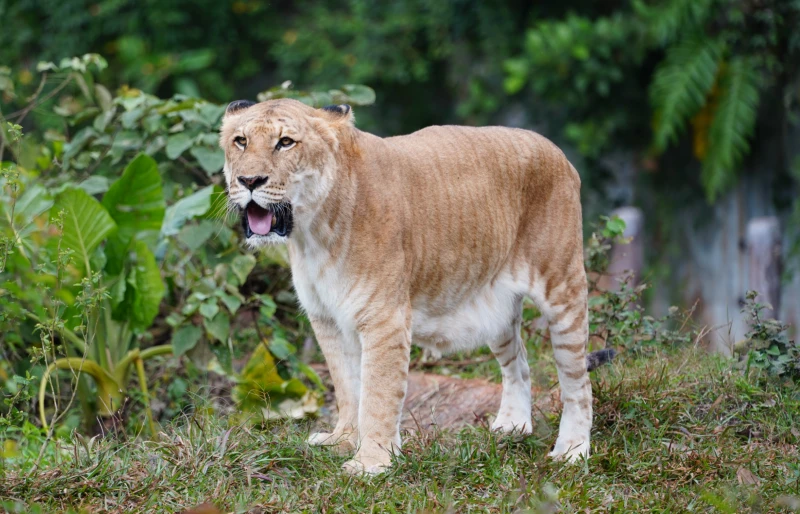
Liger
A liger is the result of breeding between lions and tigers. This hybrid was produced in captivity, and it does not occur in the wild. The practice of breeding ligers has been condemned for ethical reasons. Birth defects and birthing problems are common in this hybrid, and many die at a young age. Furthermore, conservationists say that this practice has no value in terms of conservation efforts.
Pizzly Bear
Unlike ligers, pizzly bears—the offspring of a polar bear and a grizzly bear—occur naturally, though rarely. However, the number of pizzly bears in the Arctic is growing because climate change is creating the right conditions for polar bears and grizzly bears to meet. While grizzly bears head north due to global warming, polar bears are going deeper into the south on the hunt for food.
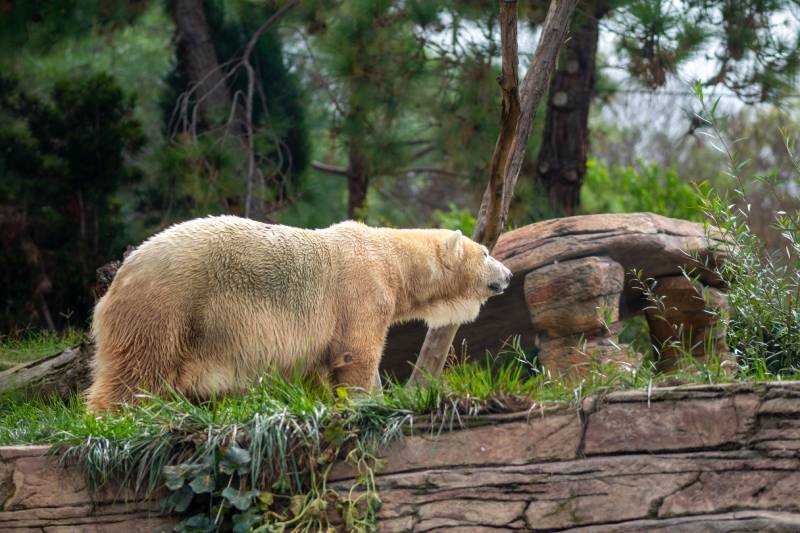
Dogxim
Dogxim was a dog-fox hybrid discovered in 2021 in Brazil when a never-seen-before animal entered a veterinary clinic for treatment after a car accident. It was found that the mother was a pampas fox, and the father was a domestic dog—the very first case of dog-fox interbreeding. Sadly, Dogxim passed away in 2023.
Wholphin
A wholphin is the offspring of a bottlenose dolphin and a false killer whale, the first of which was born in 1981 in Tokyo. Technically, however, this is not a whale-dolphin hybrid because, despite the false killer whale’s name, both the parent species are members of the oceanic dolphin family. Bottlenose dolphins and false killer whales have the same number of chromosomes: 44.
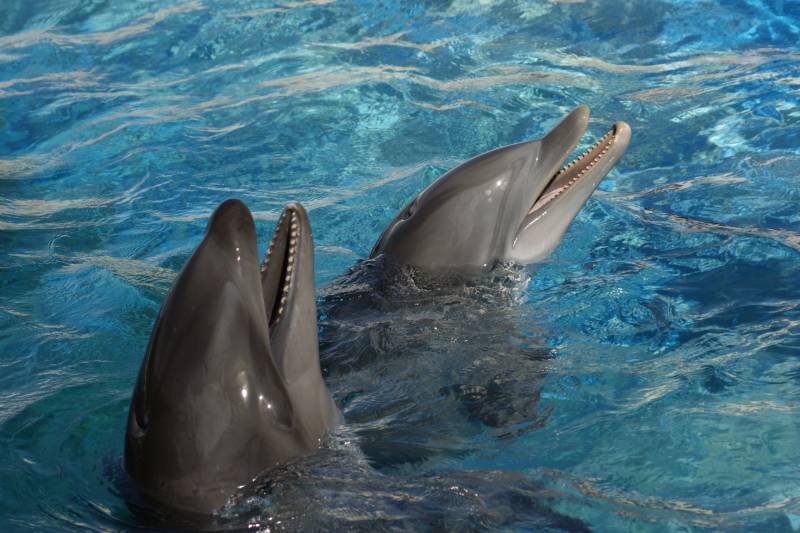
Coywolf
The coywolf—also called the eastern coyote—is a blend of three species: coyotes, wolves (around one-quarter), and a bit of domestic dog (around one-tenth). They’re commonly found in eastern North America, even in urban areas. Coywolves occur naturally in the wild, but they’re often bred in captivity.

Final Thoughts
While it’s impossible for cats and dogs to interbreed, species that are more closely related sometimes do, and the hybrid world is larger and more diverse than some may think. Some, like the coywolf, are incredibly successful and have adapted to life in a variety of environments, including urban life. Others, like Dogxim the fox-dog hybrid, have recently surprised experts by popping up unexpectedly.
That said, forced hybridization has been a major cause for concern for conservationists and animal rights activists—especially in the case of ligers—due to the defects and health issues these hybrids are born with and the lack of value for conservation efforts.
Featured Image Credit: Katho Menden, Shutterstock
[ad_2]
Source link


